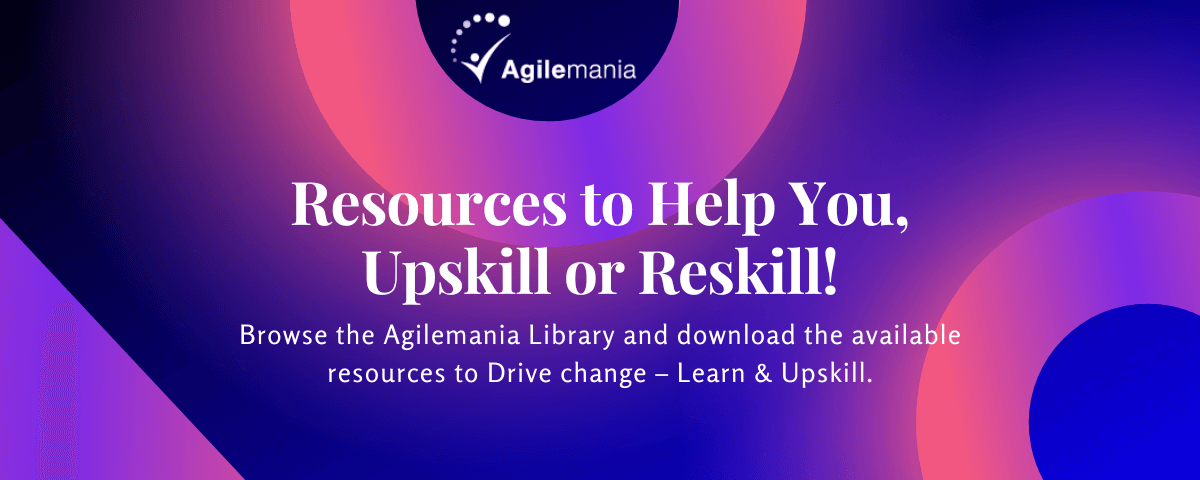
Agilemania
Agilemania, a small group of passionate Lean-Agile-DevOps consultants and trainers, is the most tru... Read more

Agilemania, a small group of passionate Lean-Agile-DevOps consultants and trainers, is the most tru... Read more

Project design is the initial stage of a project in which the essential features, structure, success criteria, and significant targets are prepared. The purpose is to create one or more designs that can be used to meet the project's objectives. Stakeholders may then select the optimal design for project execution. Sketches, flowcharts, site trees, HTML screen designs, prototypes, picture impressions, and other outputs may result from the project design processes. A project's primary features, structure, success criteria, and significant deliverables are all planned out during the design stage.
Whenever choosing a visual tool to interact and cooperate, analyze the team's needs. A flowchart, for instance, is more successful for smaller teams focusing on simple tasks, but a breakdown architecture is better suited for large groups and complicated tasks.
Agilemania, a small group of passionate Lean-Agile-DevOps consultants and trainers, is the most trusted brand for digital transformations in South and South-East Asia.
WhatsApp Us
Sumeet is an excellent coach and can relate the subject to the day-to-day work we do. That makes our understanding easie...
I attended PSPO Training by Sumeet Madan last wakened and I must say it has been the best training ever. He did not open...

I had recently attended PSPO training with Sumeet Madan and it was fantastic! His expertise in Agile product ownership i...

Excellent way of providing the training by Preeth. Scenario based teaching approach makes it extremely easy to learn and...

I recently took the ICP-ENT (Enterprise Agile Coaching) training with an online course. The customer service was great a...

We will get back to you soon!
For a detailed enquiry, please write to us at devops@agilemania.com
We will get back to you soon!
For a detailed enquiry, please write to us at devops@agilemania.com




